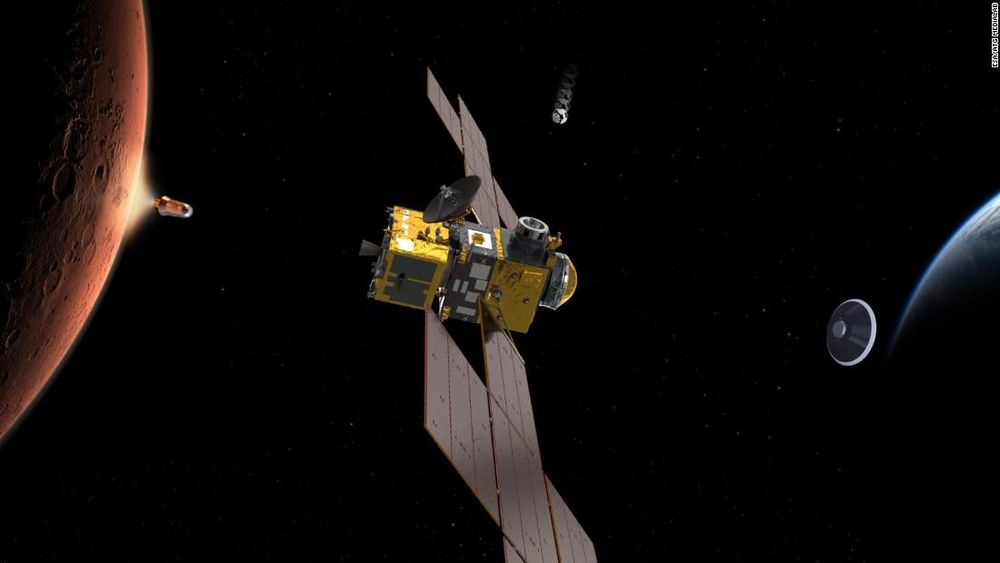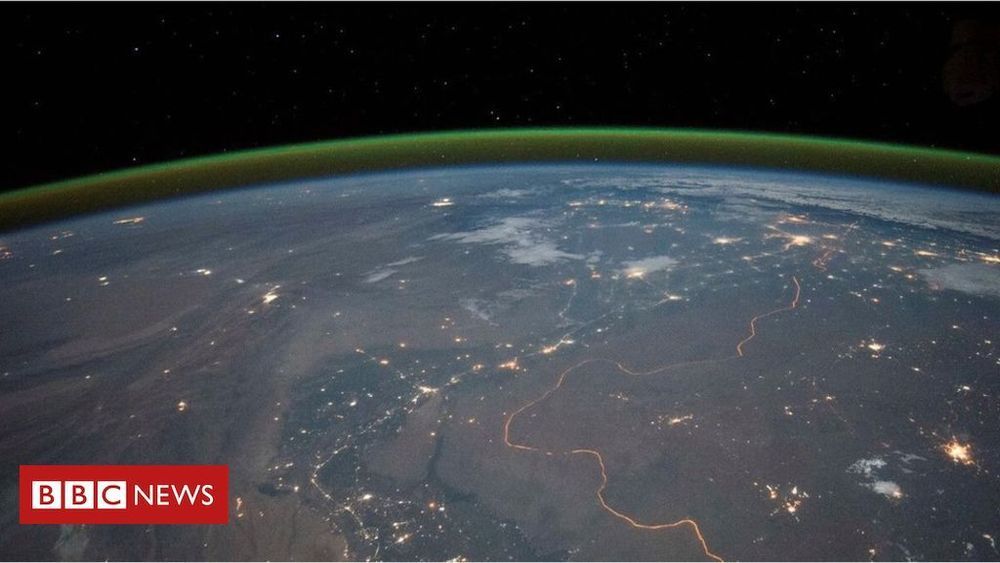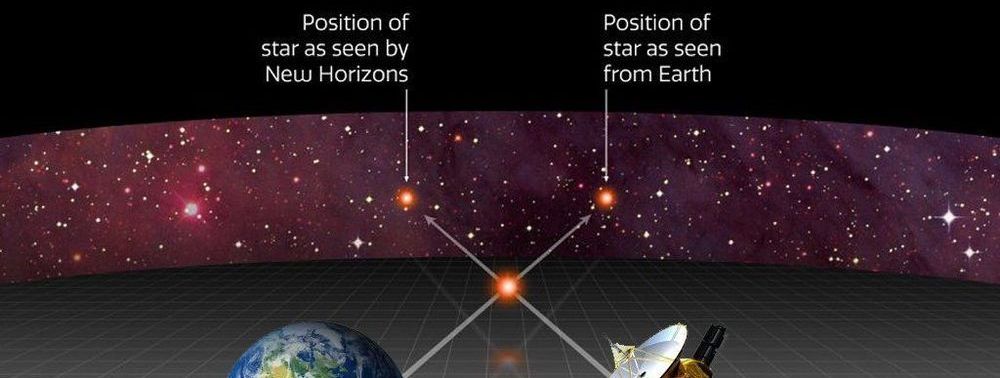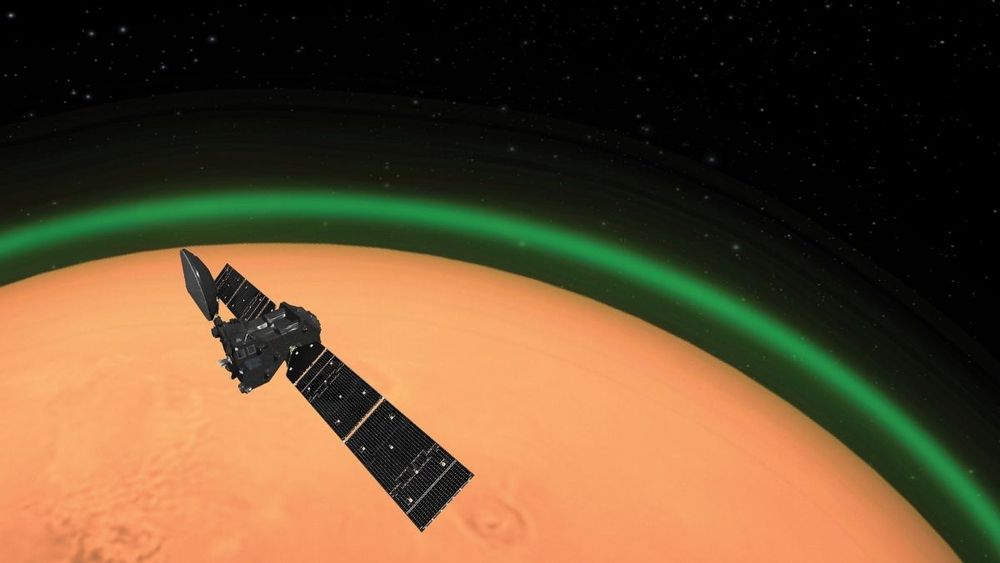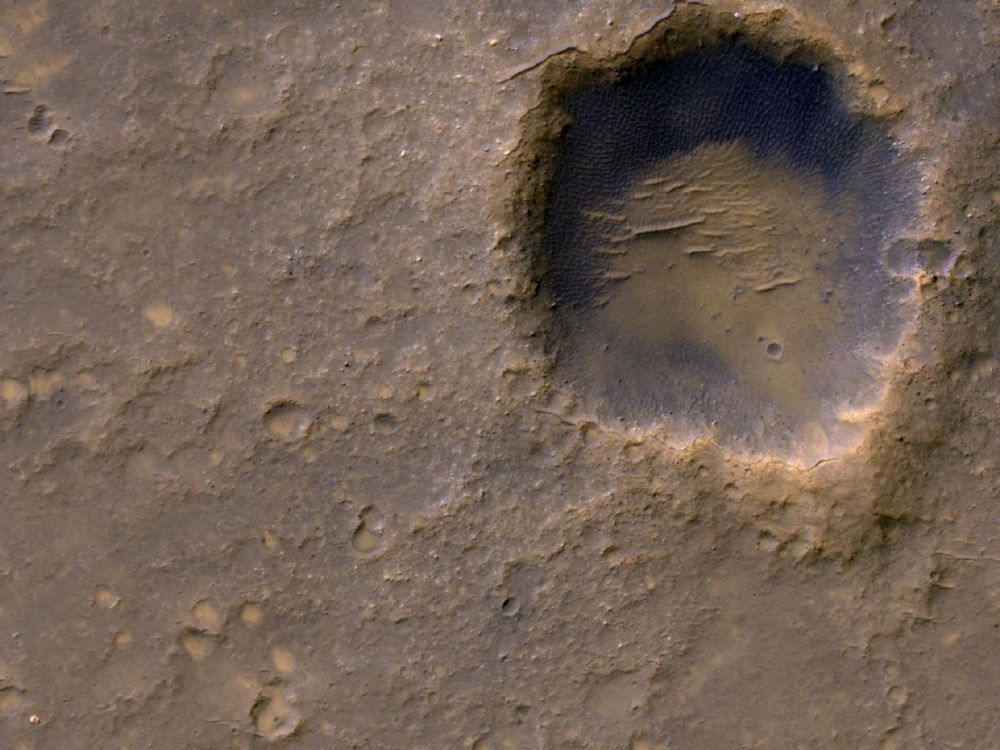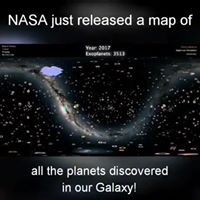Page 7378
Jun 15, 2020
NASA is hiring someone to help bring Martian samples back to Earth
Posted by Quinn Sena in categories: robotics/AI, space travel
NASA is planning to bring Martian samples back to Earth — and they’re looking for someone to lead the mission.
The Mars Sample Return (MSR) program, set to take place over the next decade, aims to collect samples of Martian rock, soil, and atmosphere for analysis and testing on Earth.
NASA has previously sent several rovers to Mars, but no program or robot has ever been able to bring back samples, which could give researchers new insights into the Red Planet.
Jun 15, 2020
Green glow detected on the Red Planet
Posted by Quinn Sena in categories: particle physics, satellites
A similar glow is sometimes seen by astronauts on the space station when they look to the Earth’s limb.
The glow comes from oxygen atoms when they’re excited by sunlight.
The phenomenon has long been predicted to occur on other planets, but the Trace Gas Orbiter (TGO) — a joint European-Russian satellite at Mars — is the first to make the observation beyond Earth.
Jun 15, 2020
Recovering the Lost Apollo 10 LM Software
Posted by Saúl Morales Rodriguéz in categories: internet, space
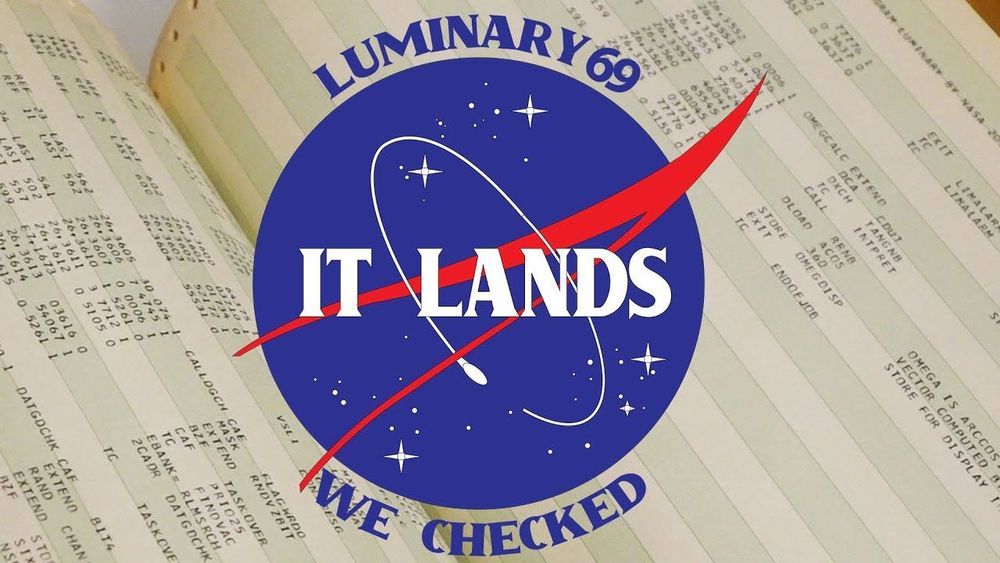
Mike Stewart was able to recover the previously lost Apollo 10 LM software, as flown (also known as Luminary 69 Rev 2). He shows us how he did it, which, fair warning, is a pretty technical hack. And contrary to (yet another) internet myth, the flown software would have been perfectly capable of landing Apollo 10 on the Moon.
T-Shirt, Hoodie, Sticker and Mug with the “It Lands We Checked” logo:
Shirt: https://teespring.com/it-lands-we-checked?pid=211
Hoodie: https://teespring.com/it-lands-we-checked?pid=227
Sticker: https://teespring.com/it-lands-we-checked?pid=794
Mug: https://teespring.com/it-lands-we-checked?pid=658
Continue reading “Recovering the Lost Apollo 10 LM Software” »
Jun 15, 2020
New Horizons Is So Far From Earth, It Shows Us How Stars Look Different Out There
Posted by Saúl Morales Rodriguéz in categories: robotics/AI, space
In July 2015, the New Horizons spacecraft made history when it became the first robotic explorer to conduct a flyby of Pluto. This was followed by another first, when the NASA mission conducted the first flyby of a Kuiper Belt Object (KBO) on 31 December 2018 – which has since been named Arrokoth.
Now, on the edge of the Solar System, New Horizons is still yielding some groundbreaking views of the cosmos.
For example, we here on Earth are used to thinking that the positions of the stars are “fixed”. In a sense, they are, since their positions and motions are relatively uniform when seen from our perspective.
Jun 15, 2020
Mars Exhibits ‘Green Glow’ in Atmosphere, Just Like Earth
Posted by Saúl Morales Rodriguéz in categories: particle physics, space
The European Space Agency (ESA) has just announced that its ExoMars Trace Gas Orbiter (TGO) has identified a long-suspected “green glow” around Mars. The green glow is due to the interaction of sunlight with atoms and molecules in Mars’ atmosphere. To date, we’ve only observed the phenomenon around one other planet: Earth. Now, the scientists who’ve discovered the Red Planet’s green glow say it could help us better understand the planet’s atmosphere. And how to land safely on its surface.
Futurism reported on the finding, which was outlined in a paper recently published in the journal, Nature. According to the paper, this discovery marks the first time scientists have observed the “day glow” and “night glow” that generate the “green line” around Earth around Mars. Or any other planet. The discovery also stands as long sought-after confirmatory evidence of predictions regarding the Martian atmosphere, which date back 40 years.
A NASA spacecraft in orbit around Mars has captured fascinating color images of the remains of two defunct spacecraft in their final resting places on the surface of the Red Planet.
Jun 15, 2020
Weird green glow spotted in atmosphere of Mars
Posted by Alberto Lao in category: space
Europe’s Trace Gas Orbiter spotted an emerald glow in Mars’ wispy atmosphere, marking the first time the phenomenon has been spotted on a world beyond Earth.

